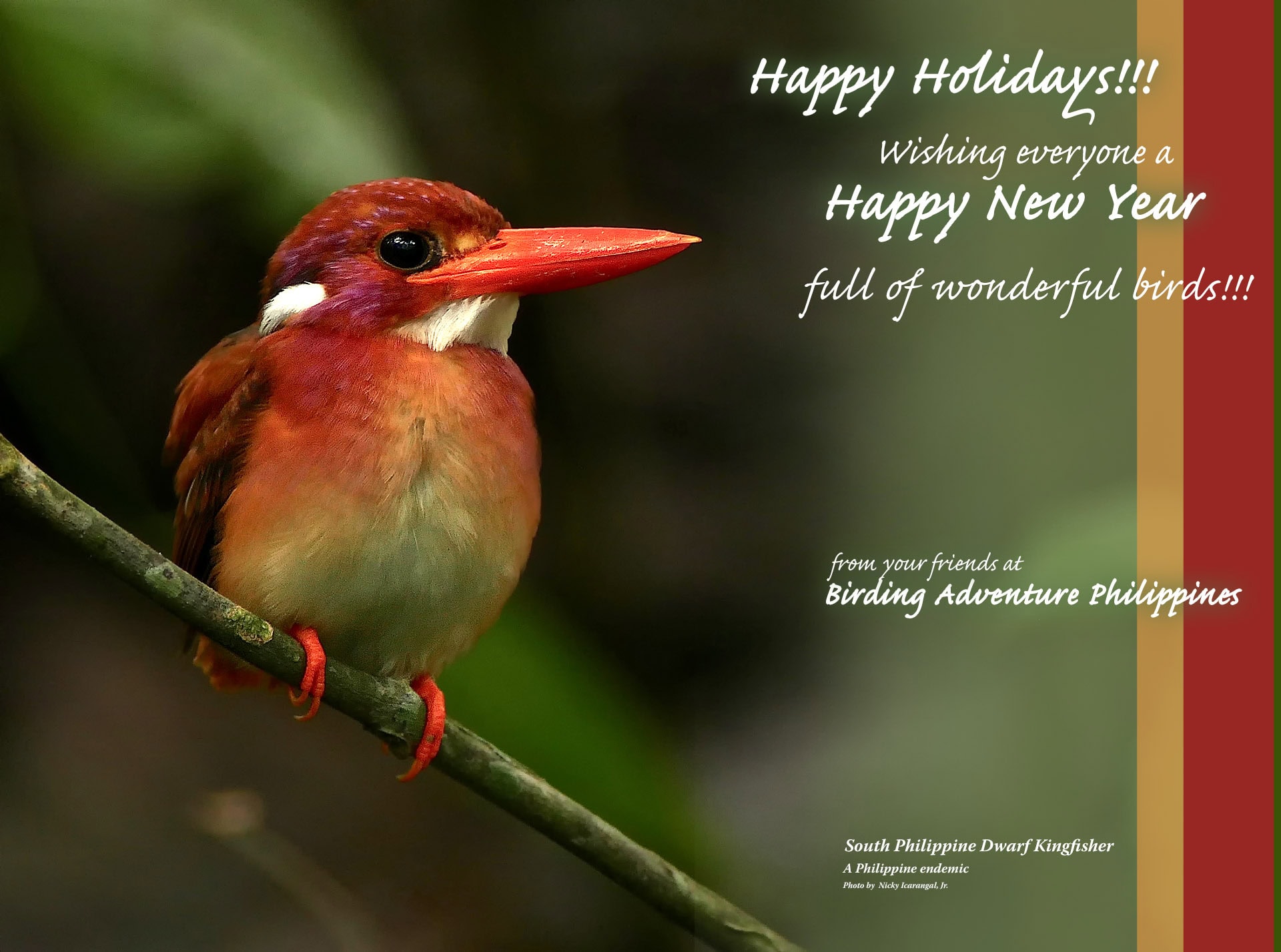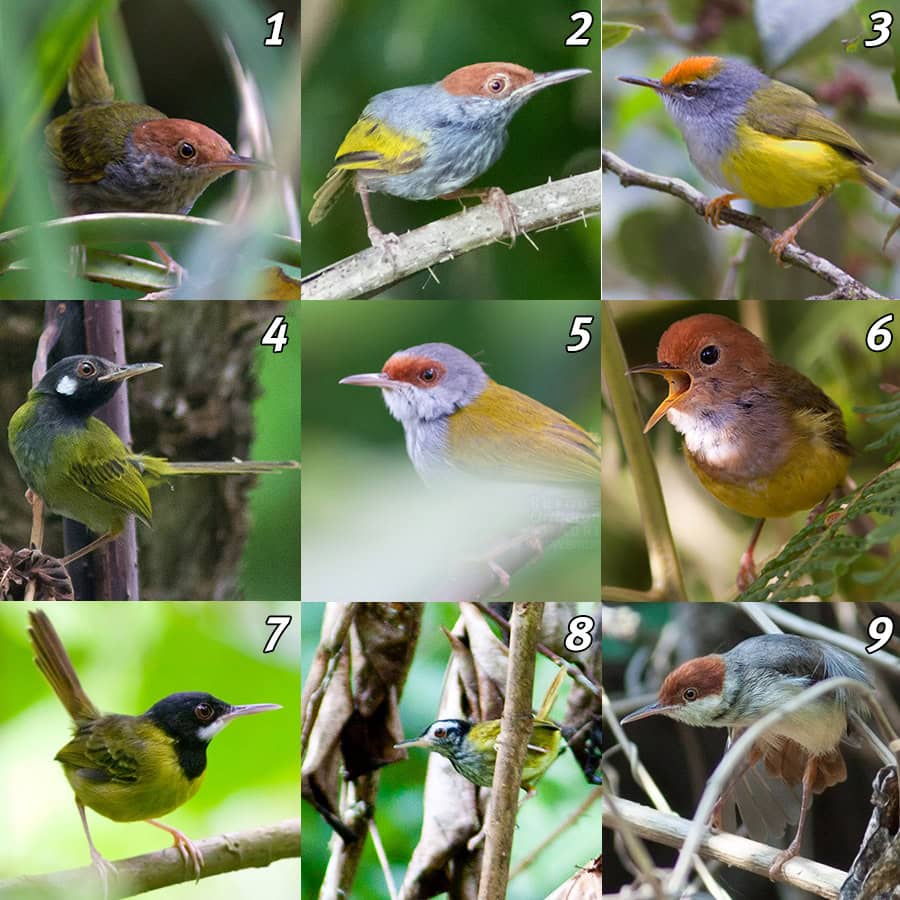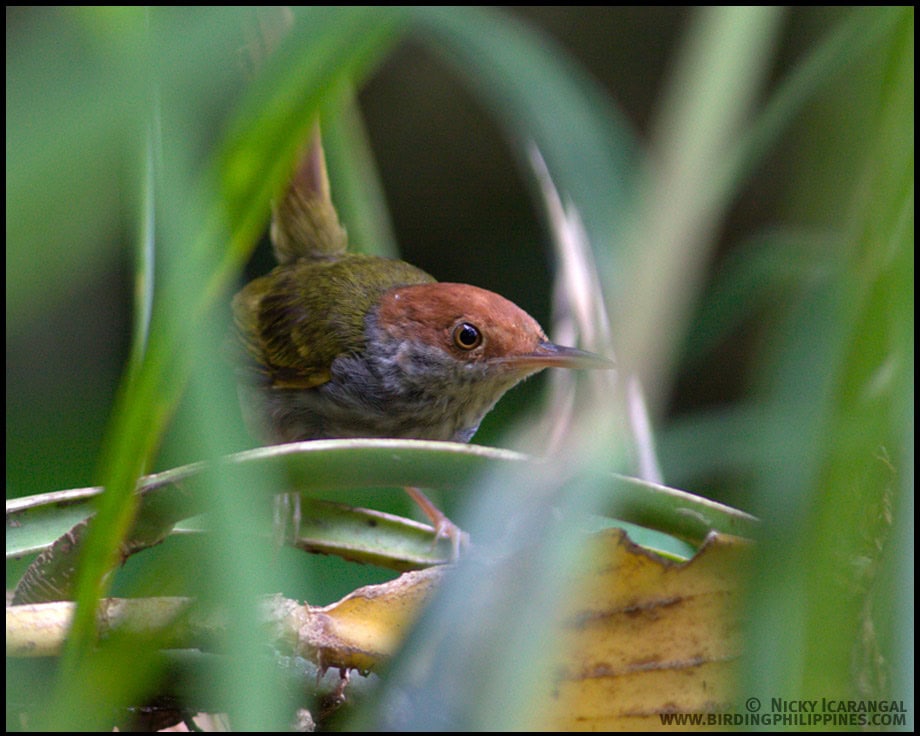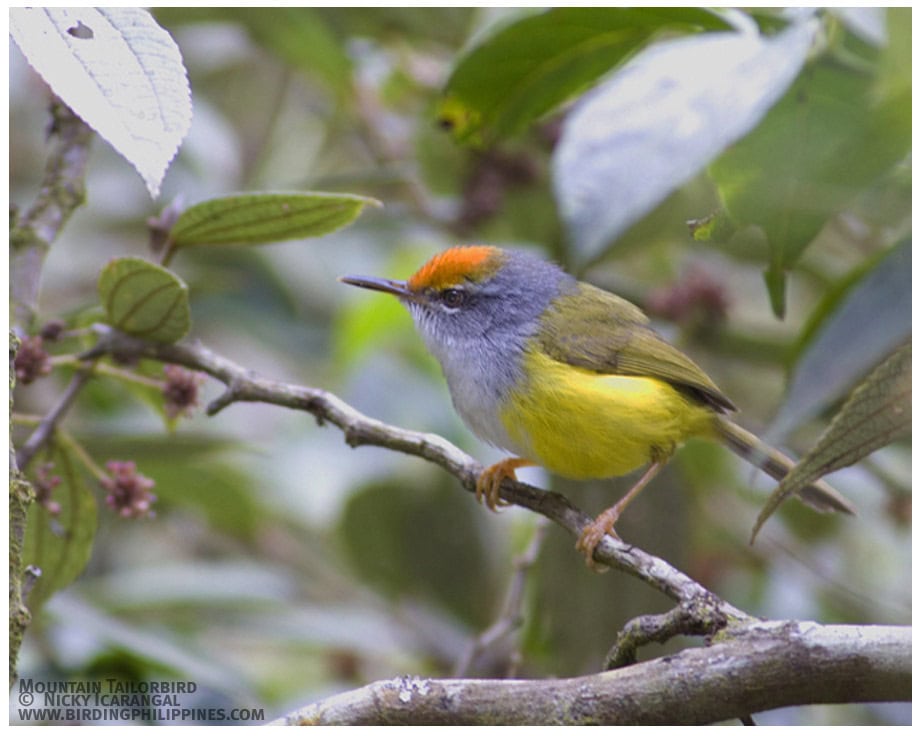Happy Holidays from your friends at Birding Philippines!
Wishing everyone good birding wherever you are!
#birdingphilippines

| :: Birding Adventure Philippines | Guided birdwatching tours anywhere in the Philippines ::
Guided Birding and Nature Tours to the Philippines
Happy Holidays from your friends at Birding Philippines!
Wishing everyone good birding wherever you are!
#birdingphilippines

Happy Holidays from your friends at Birding Philippines!
Wishing everyone good birding wherever you are!
#birdingphilippines
This is part 1 of a three part series.
The Philippines is definitely one of the centers for tailorbird biodiversity in the world. The current number of tailorbird species recorded in the Philippines stands at 11 (including the “bush-warbler” Cettia types) with an amazing 8 species endemic to the Philippines. These are small active birds often preferring the underbrush of primary and secondary forests and scrubs. A lot of them are skulkers, and despite their bright colors with different shades of yellow, green and rufous, they can be tricky to locate and photograph. The true tailorbirds belonging to the genus Orthotomus got their name from the way they construct their nests: these species use large, broad leaves that are stitched together with plant fiber or spider’s web.
Presenting the Tailorbirds of the Philippines:

We start from Luzon, we have Trilling Tailorbird (1), Grey backed Tailorbird (2) and Mountain Tailorbird (3). The Trilling Tailorbird’s range is from north central Luzon to northern Luzon and is confined to lowland forests. Grey-backed Tailorbirds, as the name implies have more greys on their backs and napes compared to Trilling Tailorbird. The Grey-backs are confined to lowland south central and south Luzon, with subspecies in Catanduanes and Masbate and Ticao, a little bit different from those from the mainland. In the high elevation mountains, there is Mountain Tailorbird, one of the three non-endemic tailorbirds of the Philippines. It is also a Phyllergates tailorbird, they are not “true” tailorbirds and are more related taxonomically to “Cettia” bush-warblers.



Balicassiao, an endemic drongo found only in the forests of Luzon, Masbate, Mindoro, Negros and Panay, and Cebu. It is a common bird in the forest and forest edge and characterized by its glossy black plumage. It is a very raucous and noisy denizen of the forest, with bird calls a mixture of melodious whistles and screeches and metallic tinkling sounds. It mostly travels in small groups, together with Rough-crested Malkoha and Scale-feathered Malkohas (in Luzon) and other small birds (in other islands).
This one was digiscoped from quite a distance away in the forests of Subic. If we compute for the 35 mm equivalent focal length for this shot, it will be a whopping 3200 mm! Some of the wonders of digiscoping. 🙂
Balicassiao Dicrurus balicassius
April 2016, Subic, Zambales, Luzon, Philippines
Video by Adrian Constantino
Digiscoped with a Swarovski ATM 80 HD, Panasonic G3 with a Canon 40mm lens coupled with Swarovski Universal Camera Adapter.
This video shows the Blue-naped Parrot feeding on a seed of a native and an indigenous tree, the Narra Tree or Pterocarpus indicus forma echinatus. The Narra Tree is the national tree of the Philippines and is a large deciduous tree that is fast growing and very sturdy. It has bright yellow flowers and is now commonly seen in villages but difficult to see in the forest as it is a prized hardwood species.
Blue-naped Parrots are Philippine near-endemics that can be reliably seen in Subic in Luzon and in Puerto Princesa in Palawan. Outside the Philippines, there is a small population living in a small island near Sabah, Malaysian Borneo. They are fruit-eaters and love to feast on Macaranga sp fruits as well as other types of figs and seeds. Most of the time, you can see them in small flocks, family groups of 3-6 birds flying or feeding together in the lowland forests of Subic and Palawan. They are cavity-nesters and sometimes time-shares with other woodpeckers like the Luzon Flameback, other parrots like the uncommon Green Racquet-tail and other birds like Coleto.

This highlights the need to plant more indigenous and native trees to attract our native birds!
Blue-naped Parrot Tanygnathus lucionensis
December 2015, Subic, Zambales, Luzon, Philippines
Video by Adrian Constantino
Digiscoped with a Swarovski ATM 80 HD, Panasonic G3 with Swarovski Universal Camera Adapter
This is a pair of Guaiaberos inspecting a possible nest hole in La Mesa Ecopark, one of the remaining green spaces within Manila. Guaiaberos are endemic green parrots that can be found only in the islands of Luzon, Samar, Leyte and Mindanao. They are voracious fruit eaters preferring the fig tree locally known as “Tibig” (Ficus nota) and the Macaranga tree. They are usually seen in singles or in pairs but when the Tibig or Macaranga tree is fruiting, sometimes they can be seen in big flocks of 20 or more together with other frugivores like White-eared Brown Doves and Philippine Green Pigeons. The Guaiaberos‘ all green plumage blends well with the surroundings but they can be easily detected by their high pitched calls given in flight or when feeding.
The male Guaiabero has aqua blue lores, cheeks and chin and collar while the female has an almost green head with a yellowish gold collar. They build their nests in abandoned termite mounds in the big branches of trees.
A Pair of Guaiaberos, Bolbopsittacus lunulatus
March 2014, La Mesa Ecopark, Quezon City, Manila, Luzon, Philippines
Video by Adrian Constantino
Digiscoped with a Swarovski 80 ATM HD, Panasonic G3, Panasonic 20 mm F1.7 lens, Swarovski UCA (Universal Camera Adapter)
Malkohas are a group of birds belonging to the cuckoo family. The word Malkoha means “flower-cuckoo” probably because of the funky and very colorful plumage of the head and face of these birds. They are known to be skulkers, preferring the under canopy, hopping from one branch to the other while looking for insects and grubs. Featured here is a Rough-crested (or Red-crested) Malkoha, one of the two endemic Malkohas in the Philippines. This malkoha can be found only in the lowland forests and forests edge of Luzon and has a varied diet of grasshoppers, caterpillars, as well as other small insects. It is a nest-raider and will eat the chicks and eggs of other birds. Unlike the other members of the cuckoo family, this Rough-crested Malkoha is not a nest parasite and builds its own nest. The other Philippine endemic Malkoha is the equally-beautiful Scale-feathered Malkoha which we will feature in a succeeding post.
Rough-crested (Red-crested) Malkoha, Phaenicophaeus superciliosus
February 2015, Mt. Makiling, Los Baños, Laguna, Luzon, Philippines
Video by Adrian Constantino
Digiscoped with a Swarovski 80 ATM HD, Panasonic G3, Panasonic 20 mm F1.7 lens, Swarovski UCA (Universal Camera Adapter)
The Mountain Shrike is a high elevation endemic found only in the islands of Luzon, Mindoro and Mindanao. It prefers clearings and open areas adjacent to montane forest and is a prolific hunter, preying on lizards, small mammals like rodents and shrews and frogs. It likes to perch on branches near clearings as these provide good vantage points while looking for prey.
These are recent videos of a nice pair from Mt. Polis taken during our recently concluded 2015 Tours. An older video from 2010 showing an immature Mountain Shrike can be seen here.
Mountain Shrike, Lanius validirostris
March 2015, Mt. Polis, Mountain Province, the Cordilleras, Luzon, Philippines
Video by Adrian Constantino
Digiscoped with a Swarovski 80 ATM HD, Panasonic G3, Panasonic 20 mm F1.7 lens, Swarovski UCA (Universal Camera Adapter)
This is a video of feeding Striped Flowerpeckers, tiny, uncommon, very active birds endemic to the Philippines. They are found in most islands of our archipelago, but the most reliable (and accessible) sites for them are in Mt. Makiling in Laguna and in Puerto Princesa, Palawan. The Striped Flowerpecker looks very similar to a Grey-streaked Flycatcher, but can be easily differentiated by observing their behavior: the Striped Flowerpecker wags its tail from side to side while Grey-streaked Flycatcher prefers to perch on exposed treetops and flies out and returns to the same perch. They are efficient seed dispersal agents (especially mistle-toe, check out how in our posts here.) Some taxonomists lump this species with Thick-billed Flowerpecker, a flowerpecker ranging in other Southeast Asian countries.
Feeding Striped Flowerpeckers, Dicauem aeruginosum
June 2014, Mt. Makiling, Laguna and Kasibu, NUeva Viscaya
Video by Adrian Constantino
Measuring only 7 inches, the Luzon Scops Owl is one of the smallest scops owls in the Philippines. It is found only in the high elevation montane forests of Luzon, above 1000 meters and overlaps with its bigger and more common cousin Philippine Scops Owl.
They have been observed to nest on tree cavities made by woodpeckers. You can hear it giving its characteristic two-syllable whistle in this video.
This is a digiscoped video using a Swarovski 80 ATM HD spotting scope. Imagine what you can do with your DSLR and your 600 or 800 mm lens!
Luzon Scops Owl, Otus longicornis
January 2014, Mt. Polis, Ifugao, Luzon, Philippines
Video by Nicky Icarangal, JR.